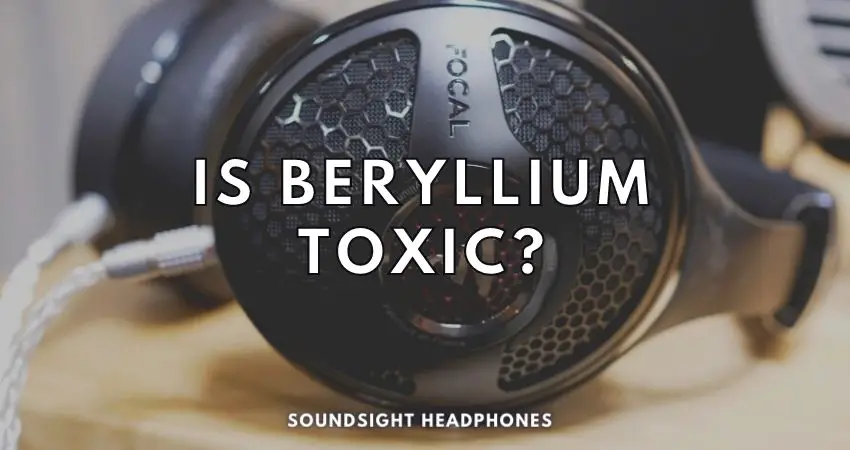You read about it, and as you marvel at the beryllium drivers capacity for exceptional audio, a nagging thought creeps into your mind: “Is beryllium toxic? Are Beryllium headphones dangerous?”
If you own a pair and think about beryllium poisoning risks, the once calming tunes now carry a hint of unease.
It’s time to uncover the truth about beryllium drivers and their potential dangers.
In this comprehensive analysis, we will delve into the critical aspects of Beryllium safety, including:
- How safe is beryllium
- What are the exposure paths?
- Who is at risk of Beryllium poisoning?
- Recommendations of Beryllium headphones & how to handle them
Are Beryllium Drivers Toxic?
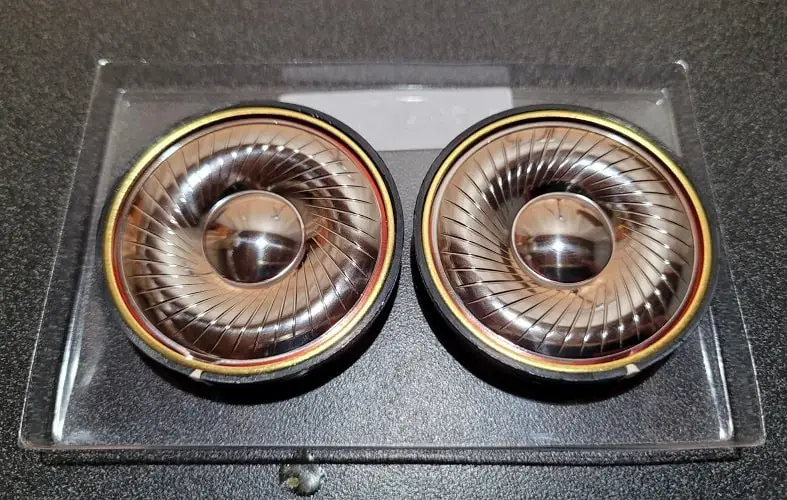
Beryllium drivers have garnered quite a reputation for their exceptional performance—much like a finely tuned sports car on the open road.
Still, a lingering question arises about these high-performance drivers: do they pose a beryllium hazard? After all, there’s a never-ending list of Beryllium safety sheets from MIT, Fermilab, the Ontario Ministry of Labour, etc.
The simple answer is: it depends.
In the manufacturing process, the element Beryllium (Be), when inhaled as dust or fumes, has acute health implications and can lead to a rare yet severe lung disease—chronic beryllium disease (CBD).
Prolonged exposure to beryllium particles may result in the following:
- Inflammation
- Scarring of lung tissue
- Impaired lung function
In solid form, beryllium drivers in headphones and speakers are encased, minimizing the risk of direct contact. Though toxic in certain forms, beryllium drivers are generally safe, and there’s no risk associated with beryllium headphone use.
Beryllium Toxicity Symptoms
Beryllium toxicity, also known as CBD (Chronic Beryllium Disease) and ABD (Acute Beryllium Disease), manifests through various symptoms affecting the respiratory system and skin.
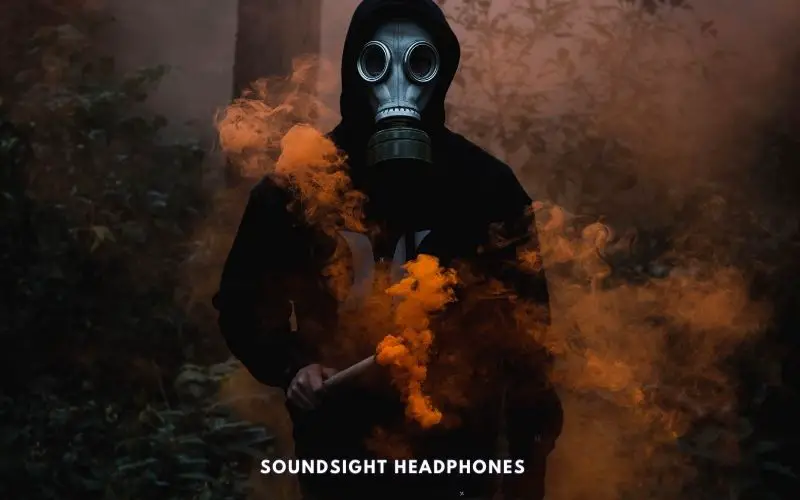
The toxicological profile of beryllium includes the following:
- Lung cancer: Prolonged exposure may lead to malignancy.
- Skin diseases: Contact with beryllium can cause irritation, dermatitis, and ulcers
- Chest pain, difficulty breathing: Indicative of respiratory distress.
- Weight loss, fatigue, sweats, and coughing.
According to OSHA, these health effects can occur after exposure to beryllium dust, fumes, or particles and may develop over time.
The severity of symptoms can vary depending on the level and duration of exposure, as well as individual susceptibility—touching or tasting should be avoided like the plague.
Other symptoms of beryllium poisoning include:
- Wheezing
- Fever
- Joint pain
- Swollen lymph nodes
- Fatigue
- Headaches
- Irritability
- Cognitive impairment
In relation to auditory health, do headphones hurt your ears? If so, that's not a symptom of beryllium poisoning, it's probably ill-fitting, tight, poorly worn headphones, etc.
Exposure Paths to Beryllium Toxicity
Exposure to Beryllium toxicity primarily occurs through three distinct pathways:
- Skin contact
- Ingestion
- Inhalation.
Direct Contact with Beryllium
The Cleveland Clinic deems direct contact with Beryllium metal as safe (handling raw materials or equipment rarely leads to skin absorption). However, as per the New Jersey Health Department, you should avoid contact with Beryllium oxide (powder form)—potentially causing dermatitis or other skin conditions.
Another route of exposure is through eye contact, which can be irritating to the eyes and cause eye irritation and redness, or through accidental needle sticks or sharp object injuries that can introduce Beryllium particles into the body.
Ingestion of Beryllium Contaminants
Ingestion of Beryllium contaminants can result through inadvertent consumption of contaminated food or water.
Inhalation of Beryllium Particles
Inhalation of Beryllium vapors or fumes poses the most significant risk, as the inhaled particles can result in chronic beryllium disease (CBD) or acute beryllium pneumonitis.

However, these risks are predominantly associated with the production and handling of Beryllium dust, fumes, or particles during manufacturing or machining processes.
How Long Do Particles of Beryllium Remain Airborne After Handling?
After beryllium processing, particles remain airborne for several hours. To minimize exposure, ensure proper ventilation, use personal protective equipment, and follow safety protocols for handling and cleaning beryllium-containing materials. Regularly monitor air quality within the working environment to be super safe.
Beryllium Health Hazards and Headphones
There are multiple positive and negative things about Beryllium (Be), but are Beryllium headphones dangerous?
Not really.
While the material’s toxicity warrants caution. End-users face no risk, as the hazard primarily affects those involved in manufacturing processes.
In the case of headphones, the Beryllium is contained within the driver and is not exposed to the user. Therefore, beryllium headphones are safe as there is no direct contact or risk of inhalation or ingestion for you.
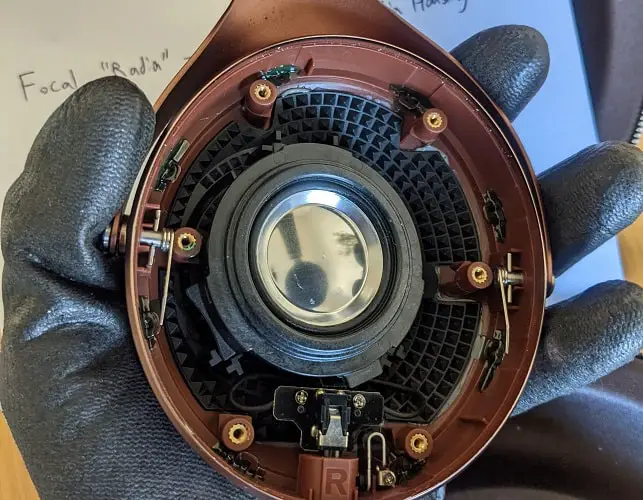
Knowing that beryllium drivers are solid, the health implications of beryllium in headphones are virtually none.
Still, there are other negative effects of headphones on hearing and ear health in general that you should be mindful of. Headphones can damage your ears worse if used improperly than because of the beryllium material.
How to Handle Beryllium Headphones Safely
As manufacturers enforce stringent safety measures during production, you, too, must adhere to safety guidelines when using beryllium headphones to protect yourself and others.
Proper Handling of Beryllium Headphones
Tips on how to safely manage Beryllium headphones:
- Read the manufacturer’s instructions: Adhere to the manufacturer’s guidelines for safely using and maintaining your beryllium audio devices.
- Avoid damaging the headphones: Don’t puncture, scratch, or damage the headphone diaphragm to prevent beryllium particle release. Handle cautiously and store in a protective case.
- Avoid DIY repairs or modifications: Don’t attempt to repair or modify your beryllium headphones yourself; Even if contact with Beryllium metal is deemed safe, avoid touching it
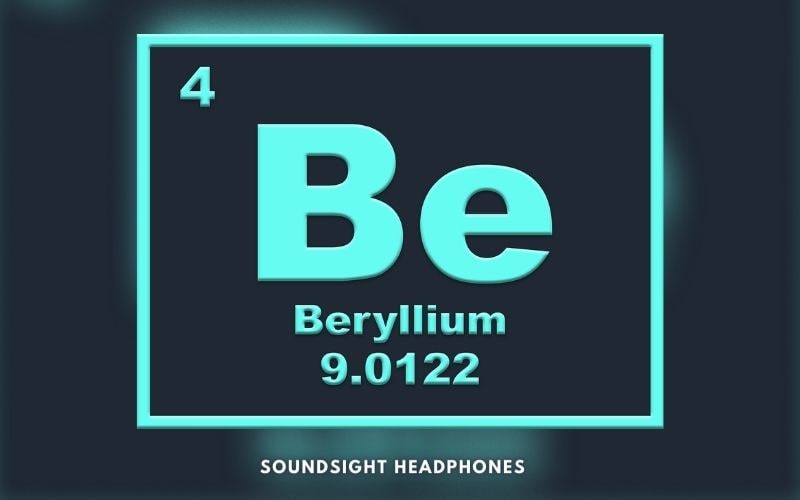
Beryllium metal reactions, though rare and often negligible, exhibit unique characteristics:
- Inertness: Beryllium’s passivity—due to the formation of a protective oxide layer—renders it unreactive in air, sweat, water, or steam.
- Amphoteric nature: Beryllium’s ability to react with both acids and alkalis highlights its dual behavior.
- Refractory: Beryllium’s high melting point (1287°C) and low density make it durable and resistant to heat and wear.
All in all, Beryllium metal reactions are of no significant concern to headphone users owing to their inertness, amphoteric properties, and refractory nature.
How to Dispose of Beryllium Headphones
Do not throw beryllium headphones in the trash. Dispose of beryllium headphones with the utmost caution, as beryllium is an extremely toxic element—posing grave risks to the environment and human health.
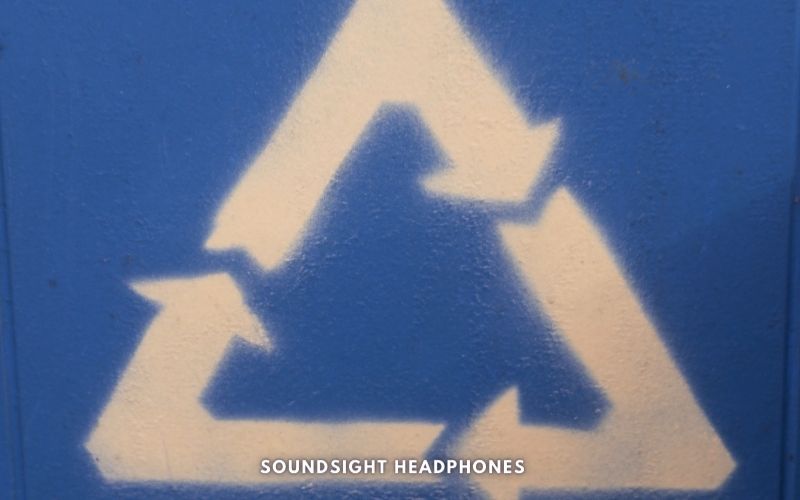
The U.S. Environmental Protection Agency (EPA) classifies beryllium as a hazardous waste, so it must be disposed of properly.
To ensure safe disposal, adhere to these guidelines:
- Collect waste materials, ensuring no residue remains
- Dispose of them in clearly labelled, hermetically sealed bags or containers
- Contact your local waste management facility—inquire about proper disposal methods for hazardous materials.
- Opt for recycling or burying in an approved dump—whichever is more feasible
Also, ensure non-recyclable Beryllium waste complies with federal, state, and local regulations for labeling, management, and disposal.
The Best Beryllium Headphones
Beryllium drivers, common in premium audio gear (e.g., Focal, ZMF headphones, Final Audio A8000 IEMs), boast exceptional acoustic properties—such as lightweight composition, rigidity, and superior damping.
Some notable examples of premium audio gear featuring beryllium drivers include:
Focal Utopia
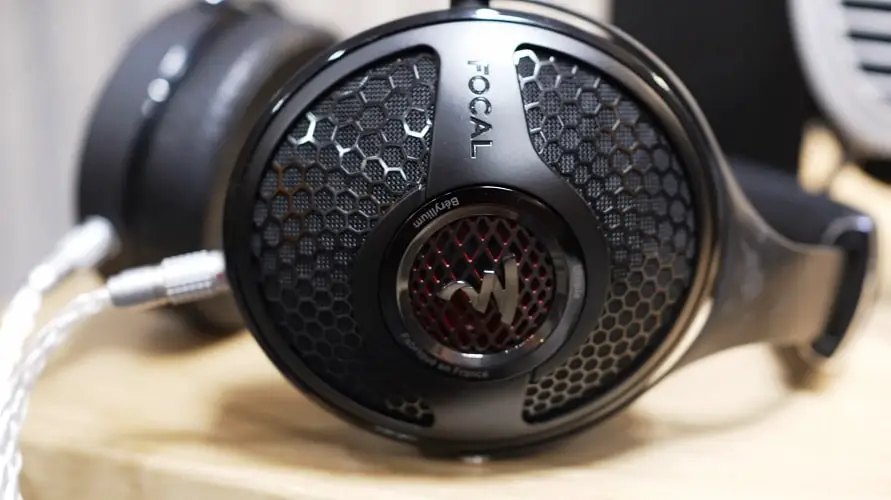
These premium open-back, over-ear headphones boast exceptional sound quality, comfort, and construction. Featuring pure beryllium M-shaped dome drivers, they deliver precise, detailed audio reproduction.
Revered by audiophiles, Focal Utopia headphones offer a voluminous soundstage, incredible detail, and long-lasting comfort with a sumptuous leather ear pad, and a leather headband. Crafted with a robust aluminum frame and premium materials, these headphones promise enduring performance and an air of exclusivity.
So, are Focal Utopia headphones truly worth it?
Though their steep price may deter some, for those valuing top-notch audio and willing to invest, Focal Utopia headphones are worth it and serve as a benchmark for some users.
ZMF Verite
Handcrafted and customizable, these headphones offer a unique listening experience depending on the enclosure you choose (closed or open). They feature beryllium-coated polyethylene naphthalate (PEN) drivers, providing a fast and dynamic sound signature.
But are ZMF Verite headphones worth the investment?
Many audiophiles believe that ZMF Verite headphones are indeed worth it—thanks to their exceptional sound quality, comfort, and craftsmanship. With a frequency response of 10Hz to 25kHz, these headphones deliver an expansive soundstage and impressive detail across all frequencies. The bass in Verite closed-back headphones is thick and full-bodied—while the open version offers a more spacious and airy presentation.
ZMF stands out by allowing you to customize your Verite headphones in various ways.
In the purchasing stage, users can choose from various wood types for the earcups and different materials for the earpads & headband, such as lambskin or suede. This allows for a personalized aesthetic and comfort level tailored to the individual listener.
Final Audio A8000
The Final Audio A8000: high-end pair of in-ear monitors that music purists value. These boast a unique sound signature and impressive technical specifications.
- Frequency Response: 5 Hz – 50,000 Hz.
- Sensitivity: 102 dB/mW.
- Impedance: 16 Ohms.
- Cable: 1.2m, silver-coated OFC (Oxygen-Free Copper) with MMCX connectors.
- Housing Material: Machined stainless steel.
- Weight: 41g (including cable).
- Accessories: Carrying case, ear hooks, cleaning tool, and cable clip.
However, the most culminating aspect of the Final Audio A8000 is its truly pure beryllium diaphragm dynamic driver. As a result, music is reproduced with a highly detailed and transparent sound, holographic soundstage, and precise imaging, but also exceptional detail and clarity across the entire audio spectrum (5Hz to 50kHz).
A8000’s craftsmanship is nothing short of exquisite. The polished stainless steel housing not only provides a luxurious and elegant aesthetic but also ensures durability and longevity.
The sub-bass extension is particularly noteworthy, providing a visceral and tactile sensation that is sure to please bass enthusiasts. The mid-range—smooth as butter—effortlessly reveals intricate details, while the treble sparkles with clarity, making these headphones a true audiophile’s delight.
